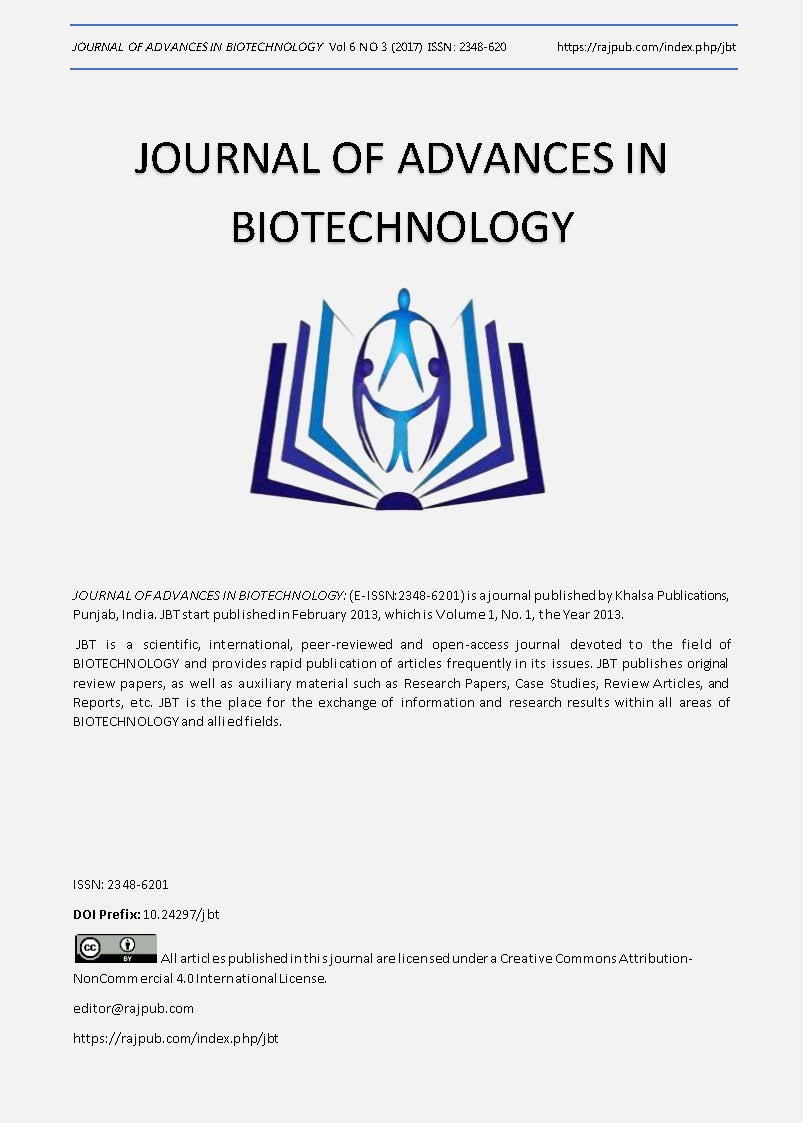Chitosans from Rhizopus stolonifer (strain CBMAI 1551): Characterization and Dense Film Formation
DOI:
https://doi.org/10.24297/jbt.v6i3.6360Keywords:
fungi, chitosan, deacetylation, MucoralesAbstract
Chitosan is a bioactive amino polymer with wide applications. Mainly derived from chitin of marine sources, its traditional production still has some drawbacks such as irregular supply, low quality of product and lack of standardization. Farther, extraction processes are time-consuming with considerable environmental impacts, an extremely non-green process. Many works have shown the possibility of producing native chitosan from Mucorales fungi, which is more easily extracted. Such process is advantageous due to low costs, process control and great possibility of high quality products. Moreover, the extraction of chitosan is faster and generates less pollutants. In this scenario, the possibility of standardized production allied with facilitated extraction and less probability of toxicological side effects from marine sources are characteristics that motivated this work. A Mucorales isolate was cultured and the chitosans native and semi-synthetic obtained through heterogeneous extraction were compared. Results show substantial differences between them. Those differences are related to the processes required for extraction, yield, productivity, and quality. This work reinforces that Mucorales fungi excel as an alternative for chitosan production.
Downloads
Downloads
Published
How to Cite
Issue
Section
License
 All articles published in Journal of Advances in Linguistics are licensed under a Creative Commons Attribution 4.0 International License.
All articles published in Journal of Advances in Linguistics are licensed under a Creative Commons Attribution 4.0 International License.




